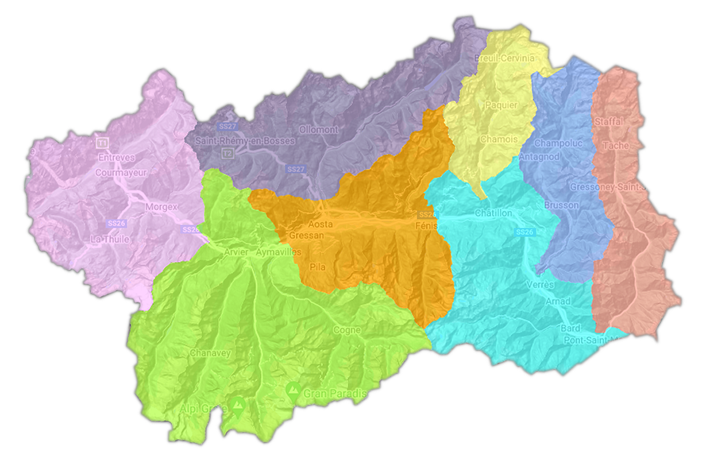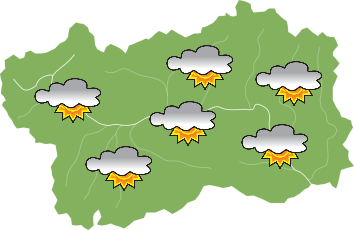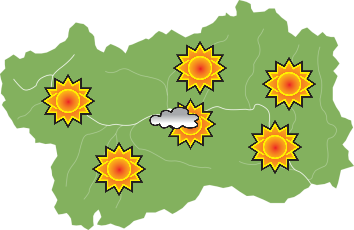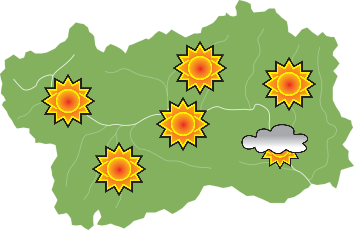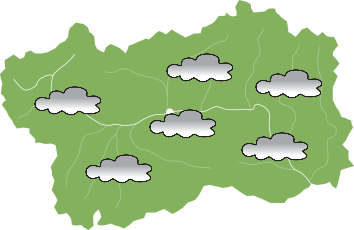In a dominant position over Valtournenche and the entire valley floor, the chapel of Saint-Évence stands on a panoramic plateau that can be reached in about half an hour's walk from Col Saint-Pantaléon. Its origin is ancient: it existed as early as the 13th century and was dependent on the collegiate church of Sant'Orso of Aosta. Recently restored, the chapel is still a destination for pilgrims, particularly to invoke a spring full of beneficial rains for the crops.
According to official church annals, Saint Évence was an Eastern priest who came to Rome along with Saint Theodul. Both were martyred in 132 A.D., under Emperor Hadrian, along with Pope St. Alexander. In the entire Aosta Valley you can also find another legend, much more rooted in the territory and its spiritual geography.
Popular tradition recognizes Saint Évence as a soldier of the legendary Theban legion who escaped the slaughter of Agaunus along with his brothers Theodule and Julian. After their escape, the three found refuge in the Aosta Valley, where they chose a life of solitude and prayer, each on a peak now linked to their names: Théodule in the Valtournenche area, Évence above Torgnon and Julien near Fénis. Saint-Évence, from this plateau, would have been able to peer into the dwellings of his hermit brothers, acting as a spiritual link between them.
A mysterious element adds charm to the place: on the eastern edge of the plateau, overlooking a precipice, you can find what is still called the "Saint-Évence hole." Legend has it that the saint, during his struggles against demons or hostile shepherds, according to various legends, forcefully drove his staff into the rock, miraculously creating that opening to anchor himself and resist aggression.



